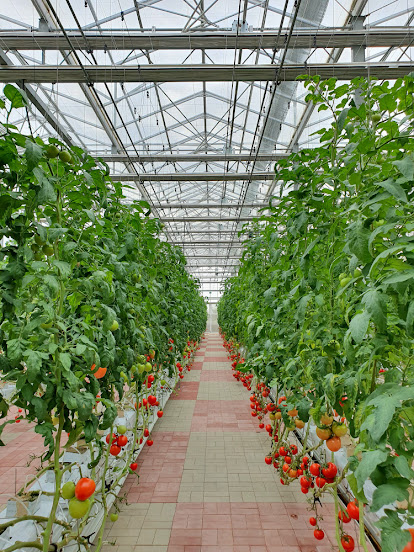Whether and how the "green light" affects plant growth are frequently points of contention among growers. Plants reflect green light the most and absorb it the least of all the visible light, contrary to the widespread belief that they only reflect it. The bulk of green light, despite a little amount of it being reflected, is beneficial for photosynthesis. Depending on the circumstances, the green light may or may not be advantageous for plant development. There is currently a dearth of extensive research on the subject. Full-spectrum LED lights include green light, but their benefit in fostering plant development is not totally evident. Here, along with when and how to use them, are described the impacts of green LED grow lights on plant growth. Why switch to a green light? In a controlled environment, different light spectrum colors are used to modify the flavour, potency, and even aroma of a plant. Green lights, however, are commonly used for more beneficial purpo...

Comments
Post a Comment